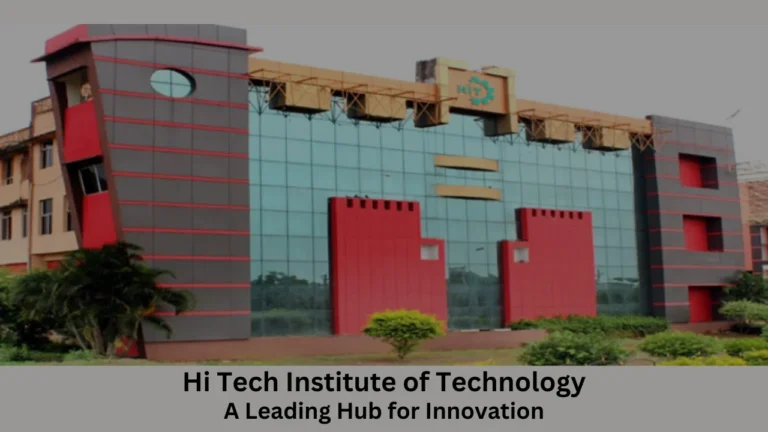Optimizing Performance: The Crucial Role of Maintenance in Thermal Power Plants


Thermal power plants play a pivotal role in generating electricity by harnessing the heat energy produced from the combustion of fossil fuels.
To ensure their reliable and efficient operation, a robust maintenance strategy is imperative. In this comprehensive guide, we will delve into the intricacies of thermal power plant maintenance, exploring its significance, key maintenance activities, challenges, and the role of technology in enhancing plant reliability.
Contents [show]
1. The Significance of Maintenance in Thermal Power Plants:
Maintenance in thermal power plants is not just about fixing issues when they arise; it is a proactive approach to ensure the continuous, safe, and efficient operation of the plant.
A well-executed maintenance strategy is crucial for maximizing plant availability, optimizing performance, and extending the lifespan of critical equipment.
2. Types of Maintenance in Thermal Power Plants:
a. Preventive Maintenance:
– Regular Inspections: Scheduled inspections of equipment to identify and address potential issues before they escalate.
– Lubrication: Ensuring proper lubrication of rotating machinery to reduce friction and wear.
– Cleaning: Removing dirt, debris, and other contaminants to maintain optimal heat exchange efficiency.
b. Predictive Maintenance:
– Condition Monitoring: Employing sensors and monitoring systems to assess the condition of equipment in real-time.
– Vibration Analysis: Detecting abnormal vibrations in rotating machinery that could indicate impending failures.
– Thermography: Using infrared imaging to identify overheating components and potential electrical issues.
c. Corrective Maintenance:
– Reactive Repairs: Addressing unexpected failures promptly to minimize downtime.
– Component Replacement: Swapping out damaged or worn-out components to restore functionality.
3. Key Maintenance Activities in Thermal Power Plants:
a. Boiler Maintenance:
– Tube Inspection and Cleaning: Regular examination and cleaning of boiler tubes to prevent heat transfer inefficiencies.
– Combustion Optimization: Adjusting combustion parameters for optimal fuel efficiency and reduced emissions.
b. Turbine Maintenance:
– Blade Inspection: Regular checks to identify and rectify any damage or erosion on turbine blades.
– Rotor Balancing: Ensuring even distribution of mass to prevent vibrations and extend turbine life.
c. Generator Maintenance:
– Stator and Rotor Inspection: Assessing the condition of generator components to address wear and tear.
– Electrical Testing: Conducting routine tests to identify potential issues in the electrical system.
d. Cooling System Maintenance:
– Cleaning Heat Exchangers: Removing deposits and scaling from heat exchangers to maintain efficient heat transfer.
– Inspecting Cooling Towers: Regular checks to ensure proper airflow and water distribution.
4. Challenges in Thermal Power Plant Maintenance:
a. Aging Infrastructure:
– Managing equipment that has surpassed its expected lifespan requires careful planning and investment.
b. Downtime and Production Loss:
– Balancing the need for maintenance with the demand for continuous power generation poses a constant challenge.
c. Budget Constraints:
– Allocating resources for maintenance activities within budget constraints requires strategic decision-making.
d. Technological Advancements:
– Integrating new technologies and predictive maintenance tools requires training and adaptation.
5. Role of Technology in Enhancing Maintenance:
a. Condition Monitoring Systems:
– Real-time monitoring of equipment health allows for proactive intervention and minimizes unplanned downtime.
b. Asset Management Software:
– Streamlining maintenance workflows and asset tracking for improved efficiency and resource allocation.
c. Remote Monitoring and Diagnostics:
– Utilizing sensors and connectivity for remote monitoring, reducing the need for physical presence during routine checks.
6. Importance of Training and Skill Development:
Ensuring that maintenance personnel are well-trained and up-to-date with the latest technologies is essential for the effective execution of maintenance activities.
Training programs should encompass both theoretical knowledge and hands-on experience to enhance troubleshooting skills.
7. Environmental Considerations:
Maintenance practices in thermal power plants should align with environmental regulations. This includes proper disposal of waste materials, minimizing water usage, and adopting eco-friendly technologies to reduce the plant’s overall environmental footprint.
8. Conclusion: A Blueprint for Sustainable Power Generation:
In conclusion, the maintenance of thermal power plants is a multifaceted endeavor that goes beyond fixing broken parts.
It is a strategic approach to ensure the longevity, efficiency, and sustainability of power generation.
By embracing proactive maintenance practices, incorporating cutting-edge technologies, and investing in the continuous training of personnel, thermal power plants can navigate challenges, optimize performance, and contribute to a reliable and resilient power grid.
Also Read: Why No Dairy After Dental Implant: An Expert Insight




